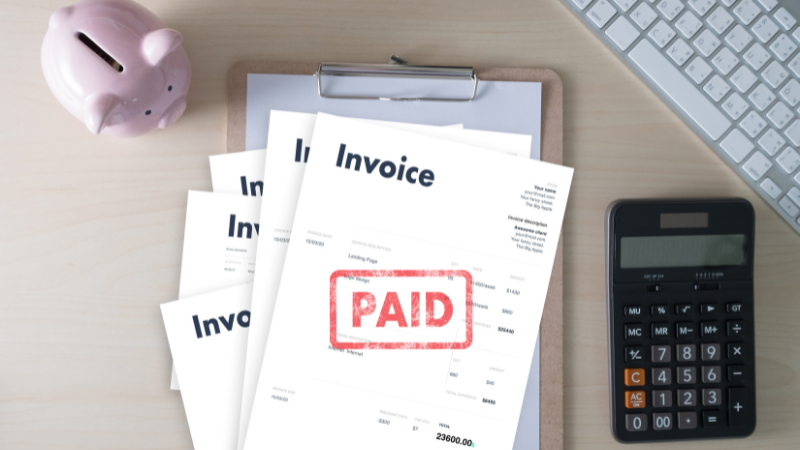Money Mastery: The Key To Successful Business
Let’s face it, all major decisions in business come down to finances. That is why as a business owner, you need to understand your money and your numbers.
We can’t all be accountants and often, we can get confused by the accounting jargon they use, but understanding your own business finances is vital to your success.
Without understanding your financials, you cannot make effective decisions for the business. You can’t lead your employees and you can’t serve your customers. Knowing and understanding your numbers affects all areas of your business. Taking the time to work on your finances will make a massive difference in your business success and keeps your business moving in the right direction.
The only way to know your numbers is to look. Get comfortable with your Balance Sheet, Profit & Loss and Cashflow.
Balance Sheet
A balance sheet is a snapshot of your current circumstances. It is a statement of assets, liability wand capital at the current point in time. The left shows your assets or what you have in your business. Starting with liquid assets, meaning they can be used up within 12 months. Toward the bottom are things you own that cannot be used up. It will also includes things you have bought, but owe money on.
The other side of the balance sheet is what you owe, your liabilities. Who do you owe money too? Think of your suppliers and your employees here.
Profit & Loss
A profit and Loss is about what you expect to make in profit. It is your sales minus your expenses, equals your profit. Most businesses will look at that bottom line and if it is in the positive, will not worry about it too much. It is only when that bottom figure is in the negative that business owners tend to look at anything else on the document. But it is important to know all the numbers.
Have a look above the bottom line. Are there areas you could improve? Are you spending too much in a certain area of your business? Are you not making as much profit in one areas as you thought you would be?
A profit and loss shows your net earning or loss over a period of time, so make sure you run it regularly. A monthly report is ideal. Run an annual report as well o you can compare year on year as well as comparing your annual benchmark to your competitors.
A profit and loss can be used to analyze where improvements can be made in sales or marketing and expenditure.
Cashflow
Knowing your cashflow, as the name suggests, helps you deal with your cash. A cashflow is the movement of money in and out of the business. Simply put, it is what money is coming in to the business vs what money is going out. There will sometimes be three cashflows – operational, financing and investment.
The operational cashflow is the most common and includes the day-to-day money coming in and going out. An investment cashflow is about how much you are investing in your assets and a financing cashflow is what you owe to other in order to run the business.
Learn your numbers and learn from your numbers. Try not to get caught up in only knowing the bottom line and celebrating when it is positive or commiserating when it is negative. Look at all the numbers. Learn the cause and effect that your business activities have on your numbers.
Knowing what works in terms of profit and being able to identify areas of improvement in your financials are vital to support a growing business.










Quick Links
Newsletter
Get news updates from ActionCOACH and learn about events, opportunities, Business Success Stories, and other inspiring articles.
Contact Us
We will get back to you as soon as possible.
Please try again later.


